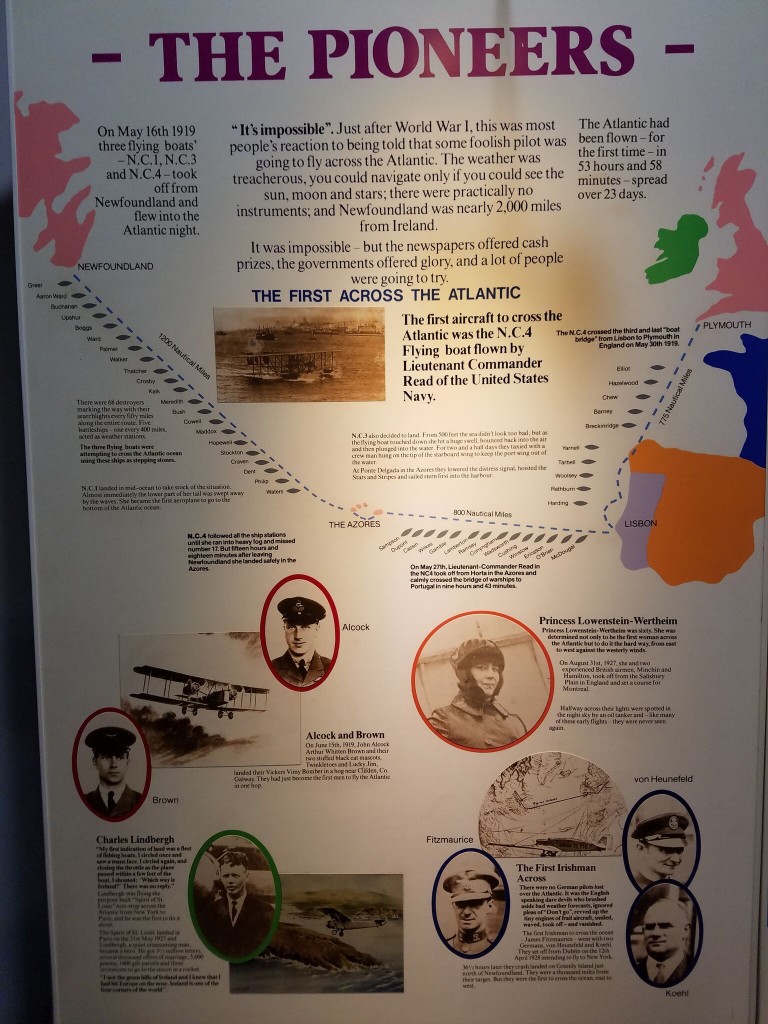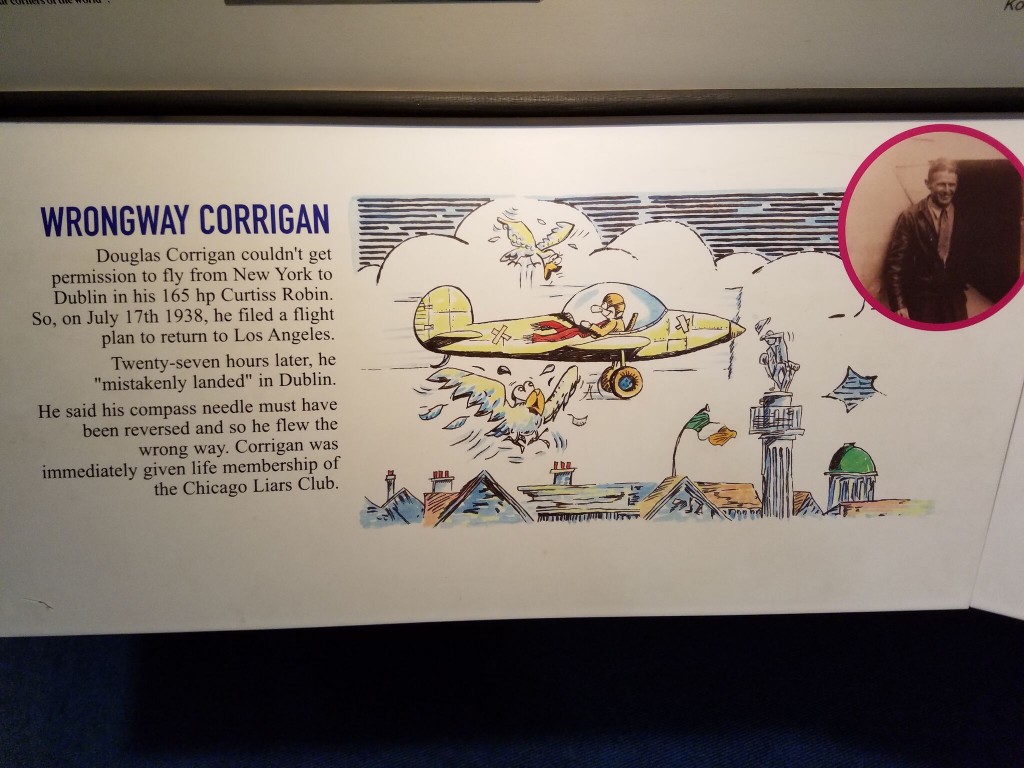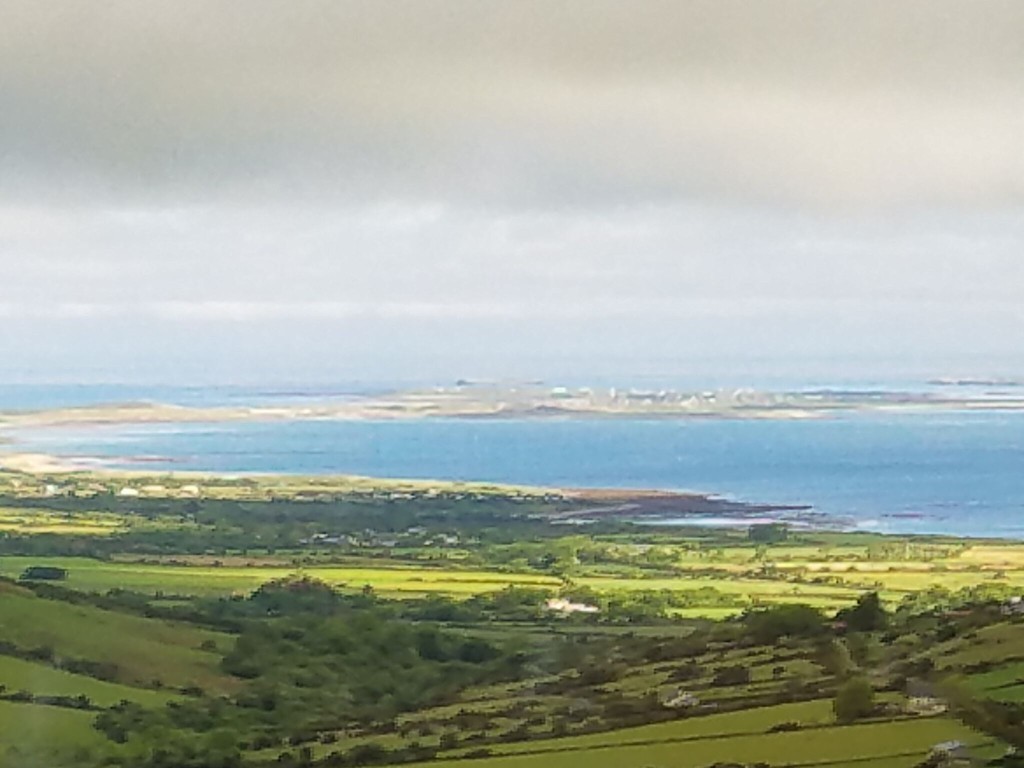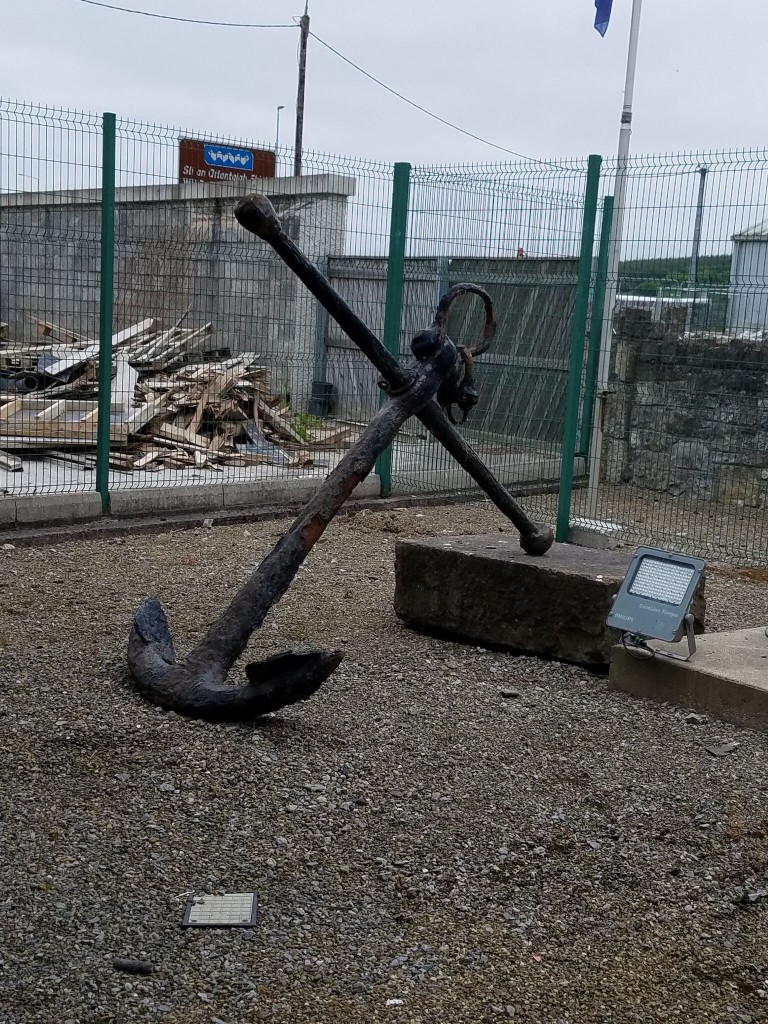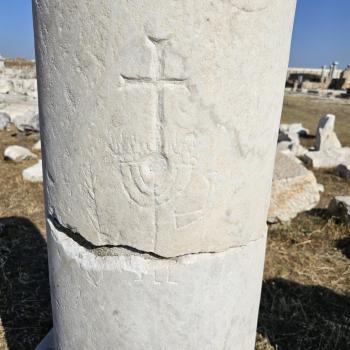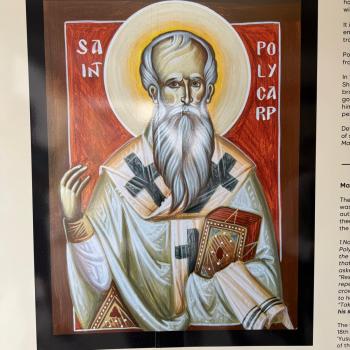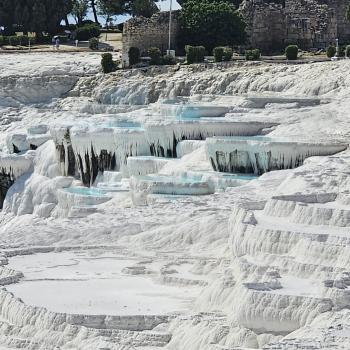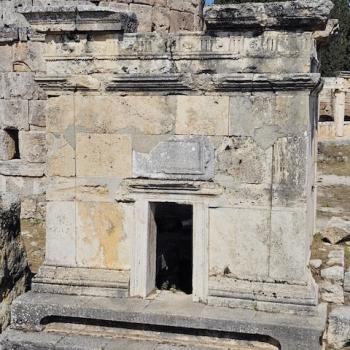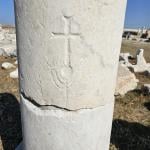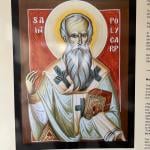One of the more amazing, and lesser known, spots in all of Ireland is the little seaside village of Foynes. It’s not on the major tour routes and stops like Blarney Castle or Galway or Dublin. But it certainly deserves a visit, because the first Transatlantic passenger flights landed in the bay next to this little town, and also because here is where Irish coffee was apparently invented. The first Transatlantic flights that were not pure solo flights, were in airships, which is to say, in planes that landed in the water next to Foynes. In the Foynes museum you can still see one of them, complete with anchor they threw out once they had come to a stop in the harbor at Foynes—- (and you may already be asking— why Foynes? Well it juts out into the ocean on the extreme west coast of Ireland, and in those days, planes needed to land as soon as they saw land, having crossed the Atlantic Ocean).
When did these planes fly you ask? Basically it was between the two World Wars, and once these became commercial flights only the wealthy and well-to-do could afford the ride. These were big planes, like cargo planes, built by Boeing for Pan Am. Here’s a bit of the story. 
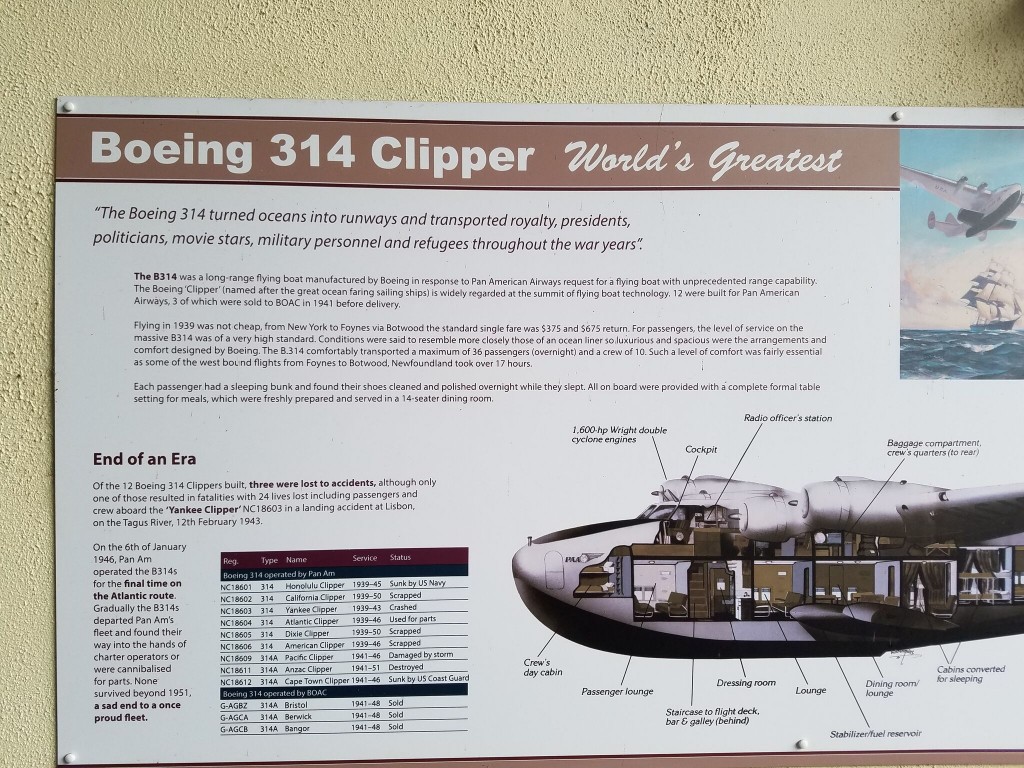
Here are some of the famous early passengers, including the movie star Maureen O’Hara whose husband, Charles Blair, used to pilot these planes, and who helped get the Foynes museum off the ground, so to speak.


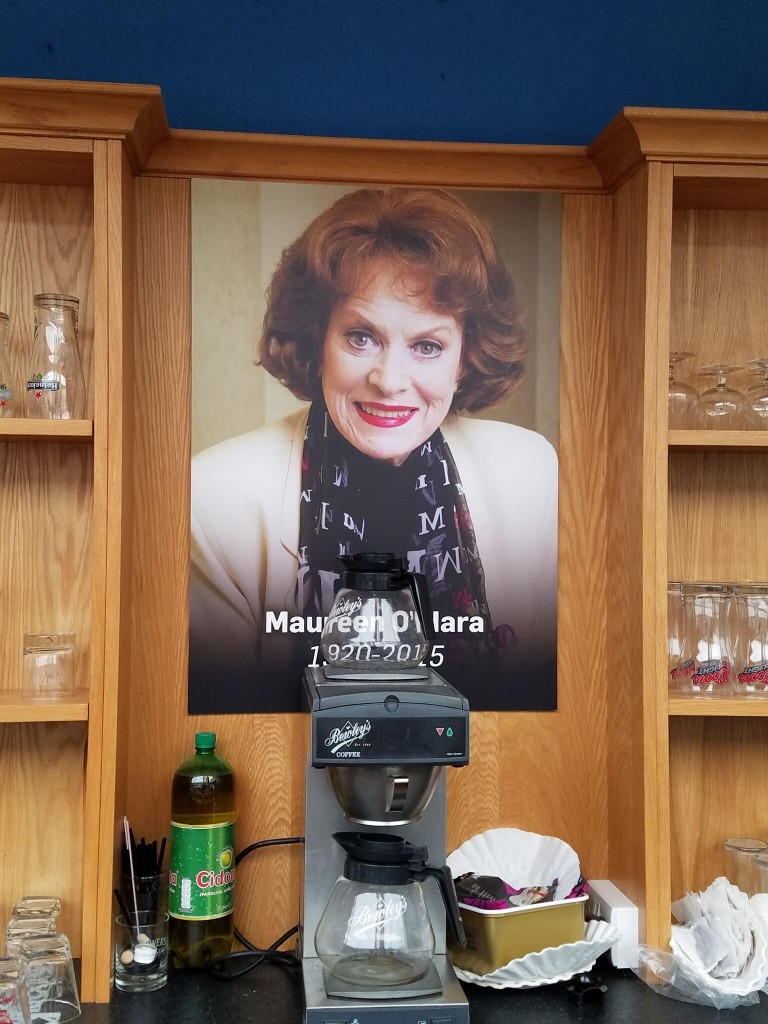
What was travel like on these planes? Well let’s look inside and see. For it’s time it was really quite luxurious, and certainly more spacious for the passengers than flights today. Here’s dining….
 And the kitchen…
And the kitchen…
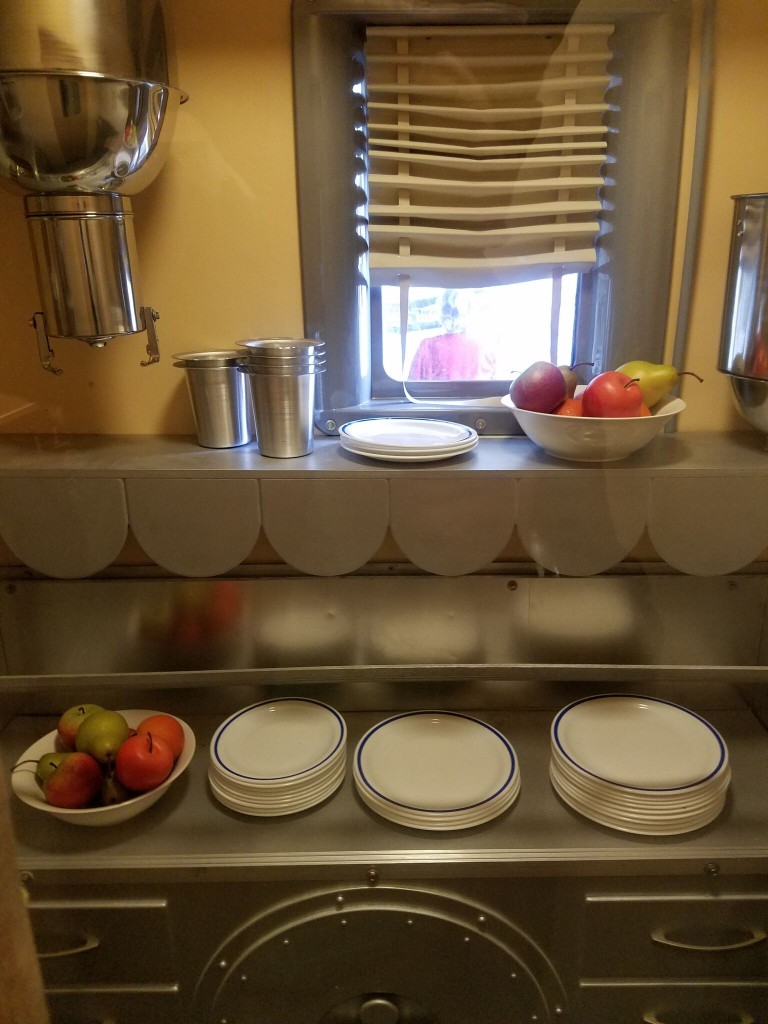 And seating…
And seating…
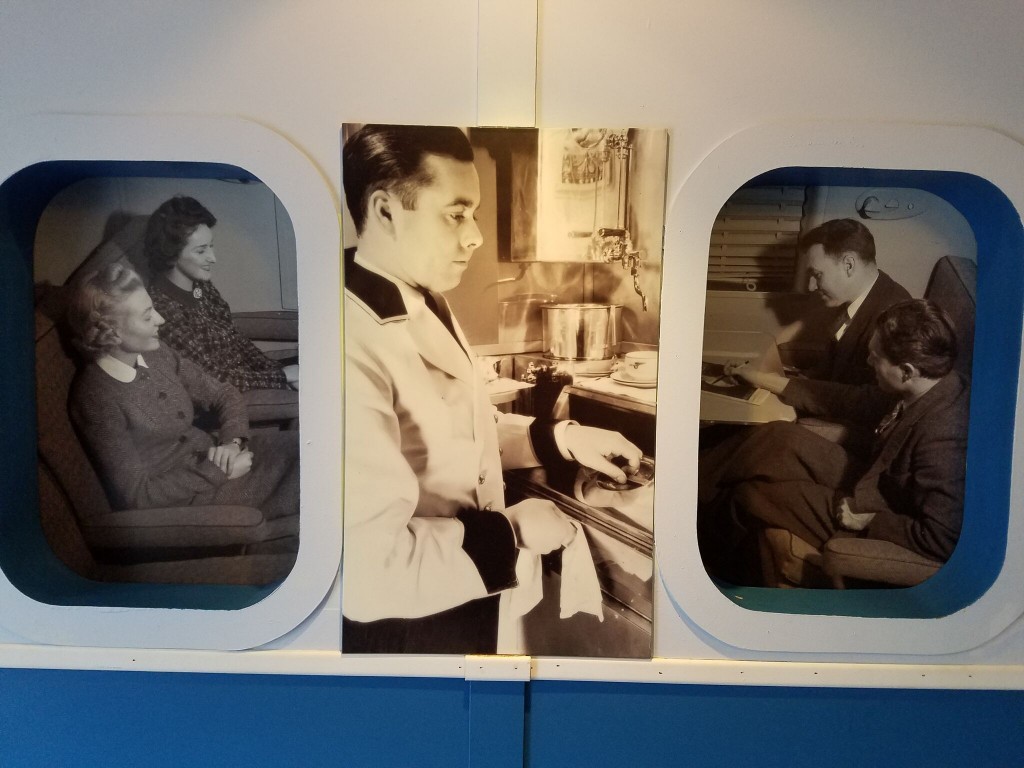 And treating….
And treating….
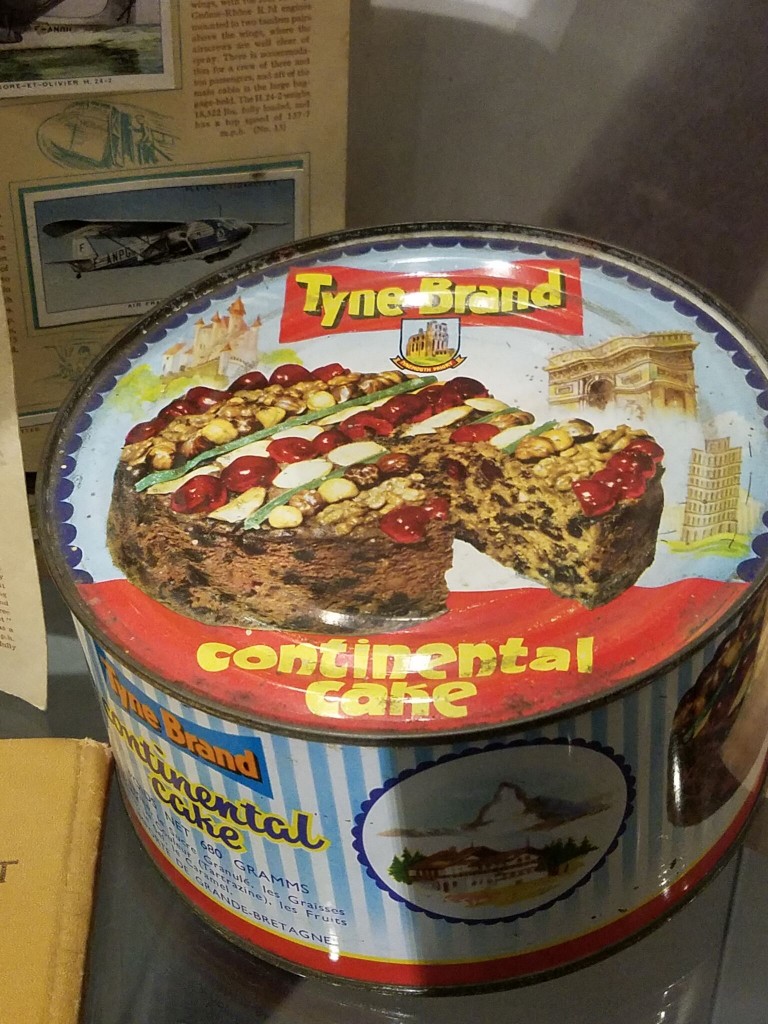 And retreating…
And retreating…
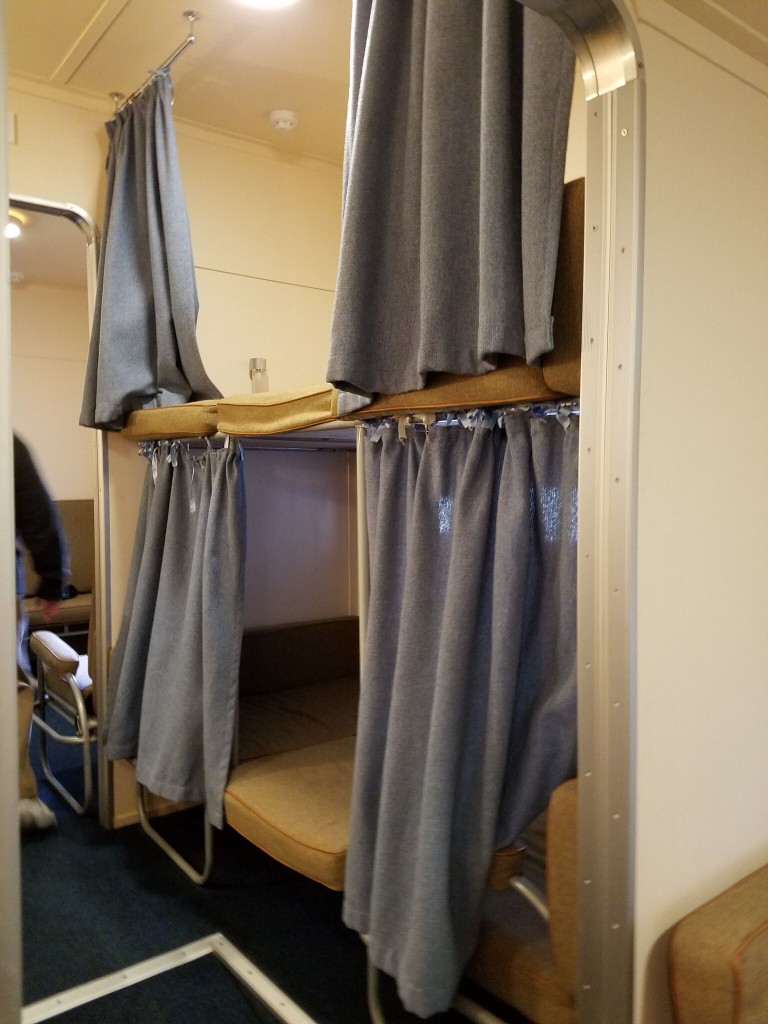 And storage…
And storage…
 And lounging….
And lounging….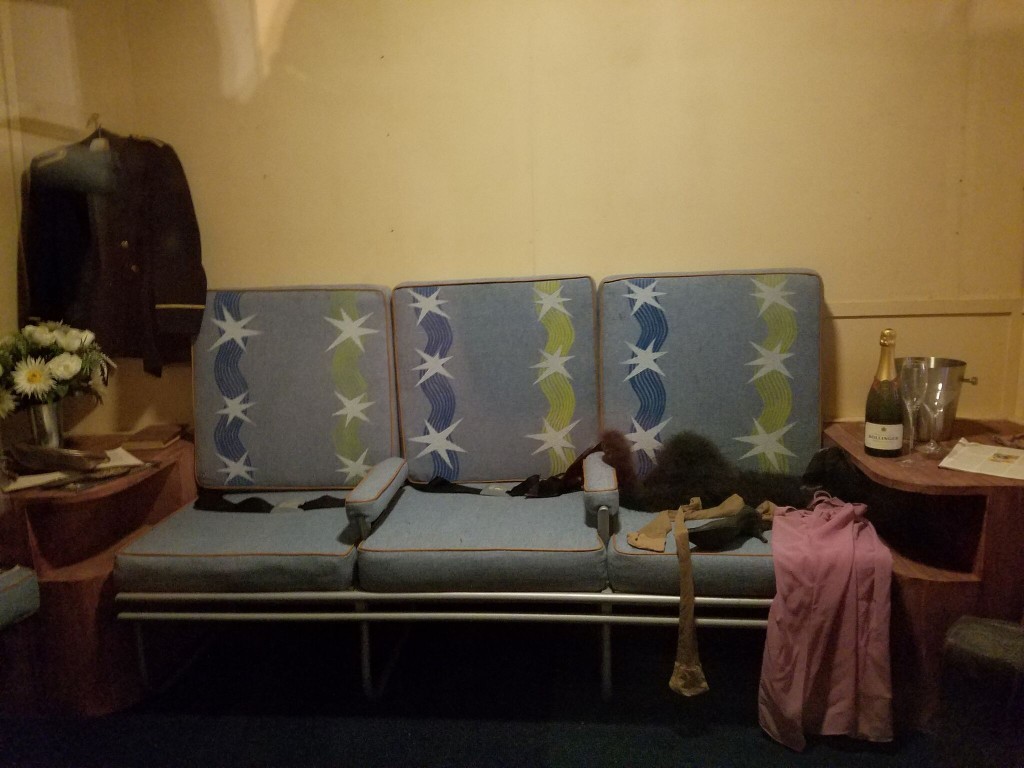
Of course there needed to be PR to attract people in the 30s and into the 40s to take such a flight….



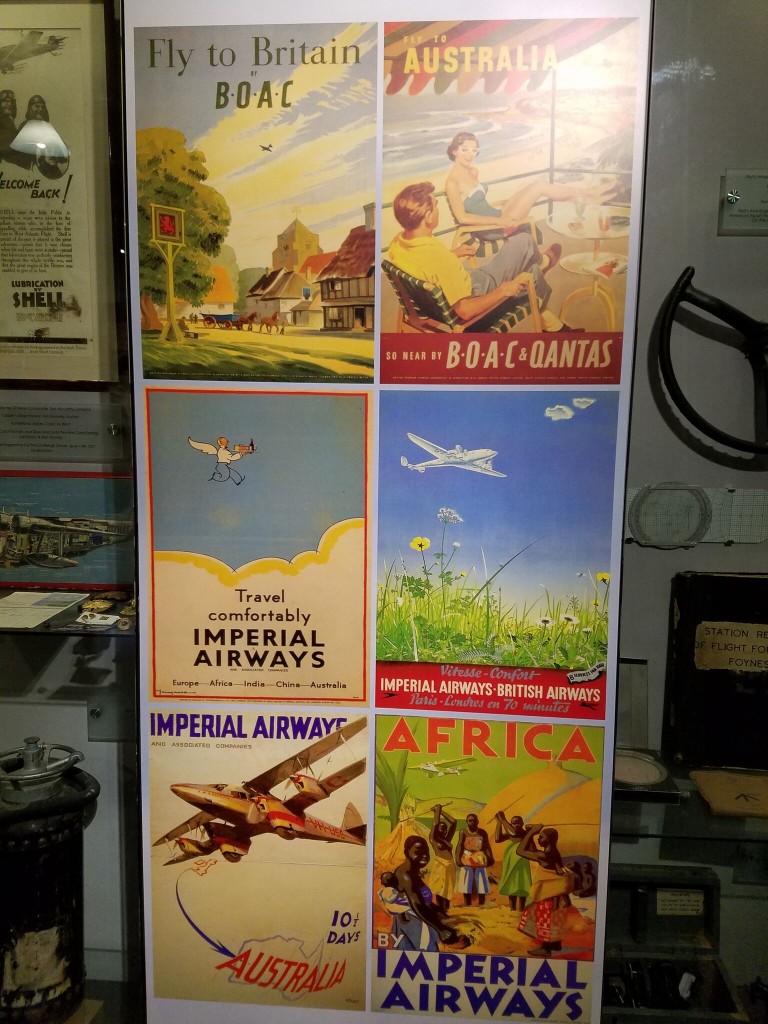
Of course not many people could afford an $800 plane flight in 1939, so it was rather like the first flights on the Concorde, the super high speed plane. Only these flights took a long time indeed in the 30s and 40s, as the posters depicted above relate. But this became less of a novelty and more of a necessity when WWII broke out, and after Pearl Harbor, the U.S. had to begin to send aide and troops to Europe.


